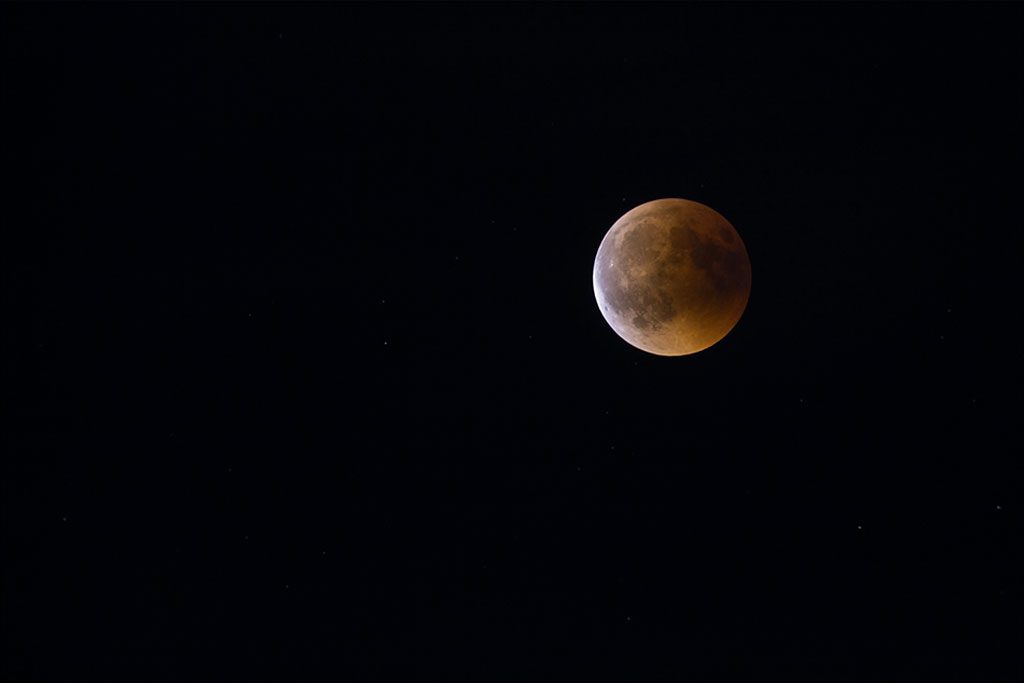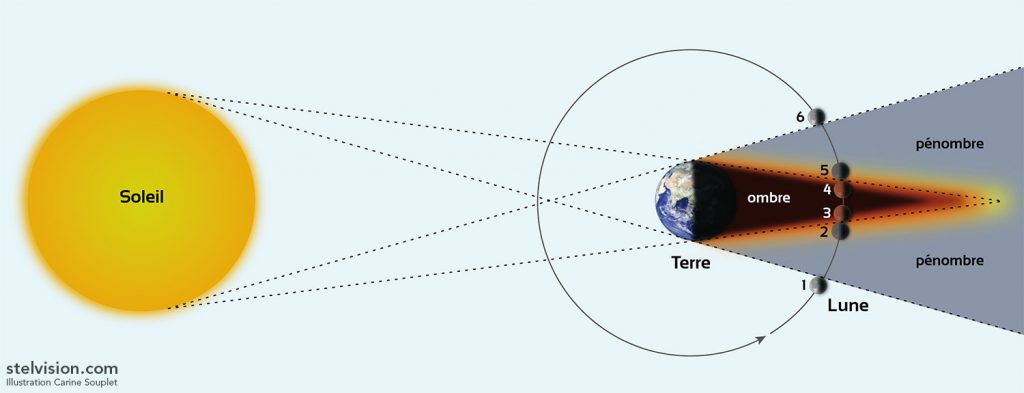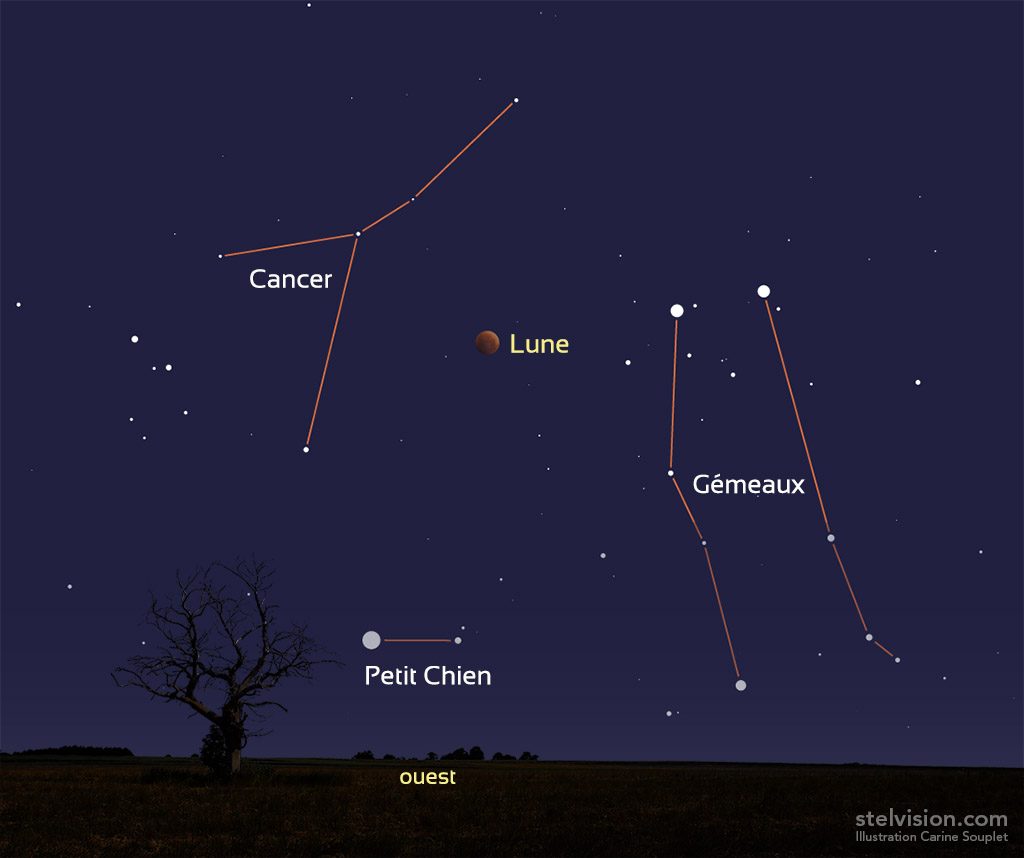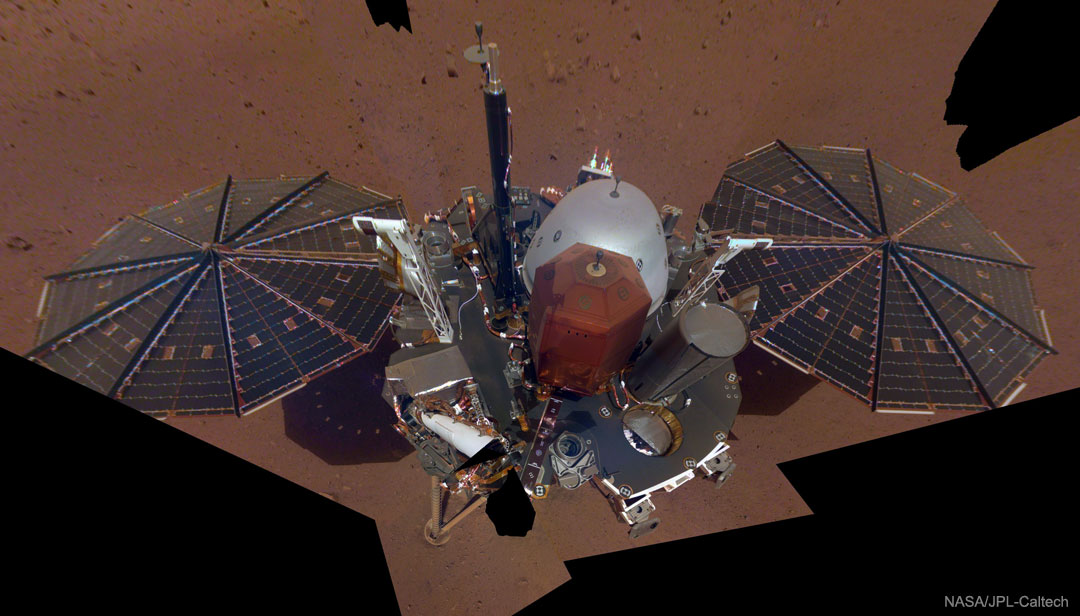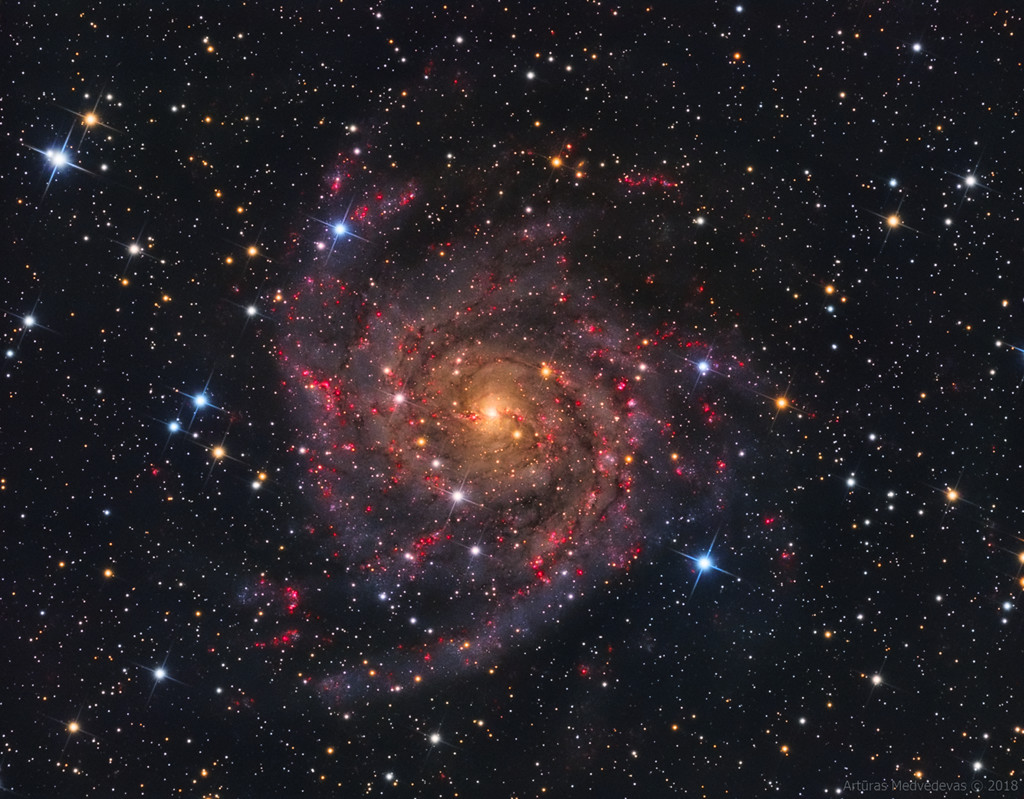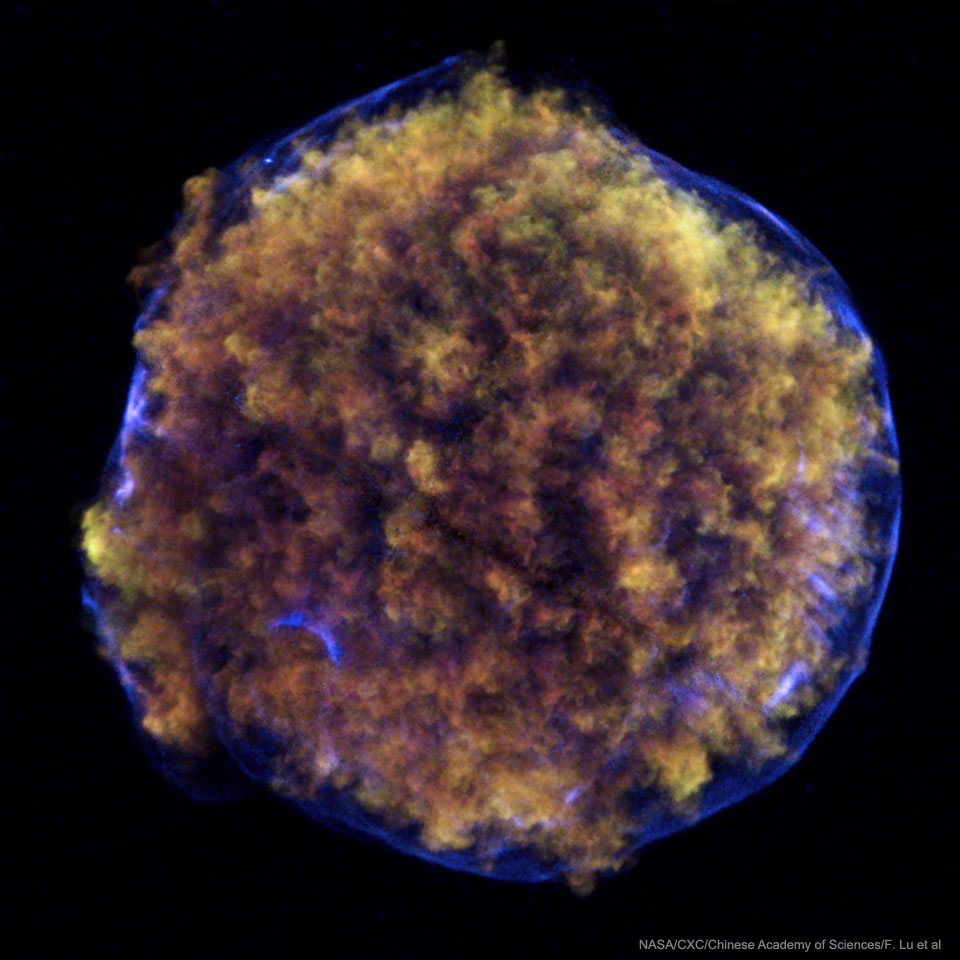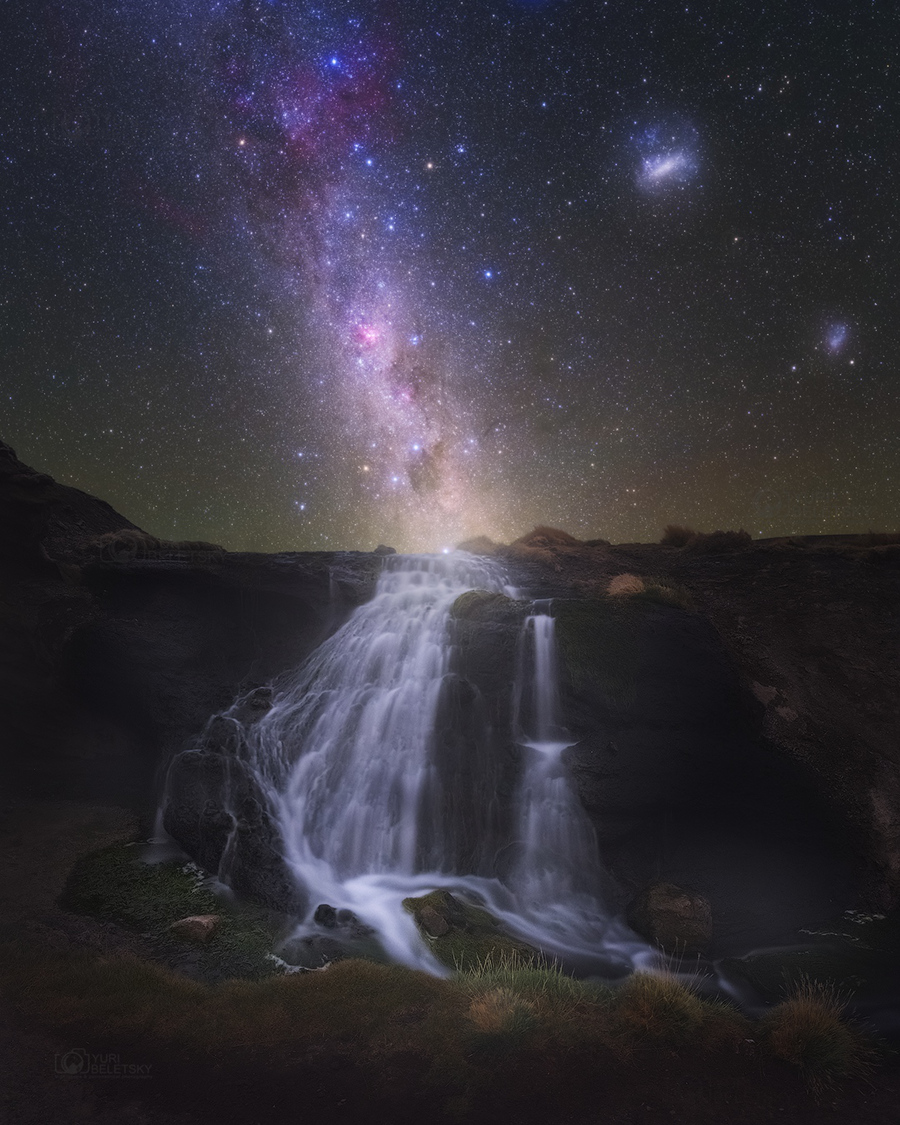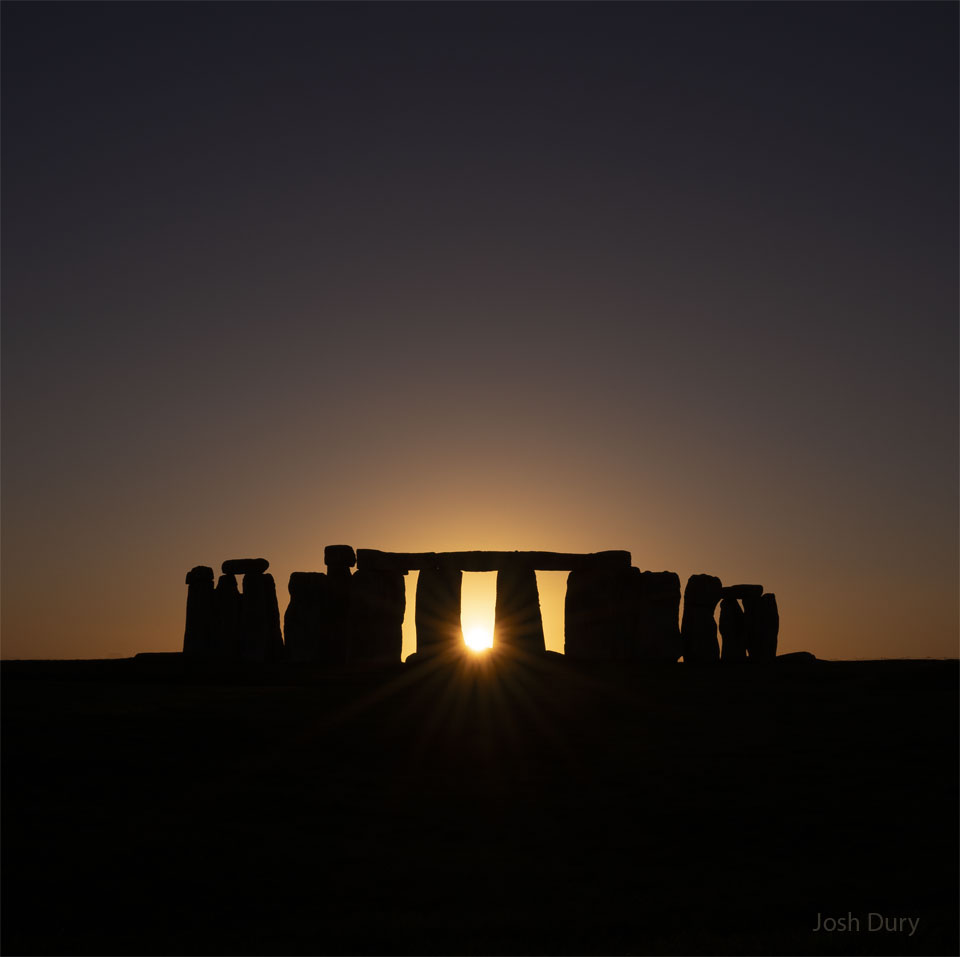Une éclipse de Lune a lieu lorsque le Soleil, la Terre et notre satellite sont parfaitement alignés : la Lune se trouve alors dans l’ombre de la Terre. On pourrait croire qu’il est possible de voir une éclipse chaque mois au moment de la pleine lune, mais notre satellite circule sur une orbite inclinée de cinq degrés par rapport à celle de la Terre. La plupart du temps, notre satellite passe donc un peu au-dessus ou un peu au-dessous de l’alignement Soleil-Terre et il n’y a pas d’éclipse. La dernière éclipse totale visible en Europe remonte à juillet 2018 et la prochaine aura lieu en mai 2022.
Une éclipse totale de Lune dure plusieurs heures et comporte différentes phases. Les passages dans la pénombre de la Terre, en début et fin de phénomène, sont peu spectaculaires car la Lune reçoit encore une partie des rayons solaires : elle reste donc grise. Beaucoup plus intéressante, la période ou la Lune se trouve partiellement ou totalement dans l’ombre de notre planète doit retenir toute votre attention : c’est à ce moment que la Lune s’assombrit progressivement et change de couleur !
Une belle éclipse totale de Lune le 21 janvier 2019
